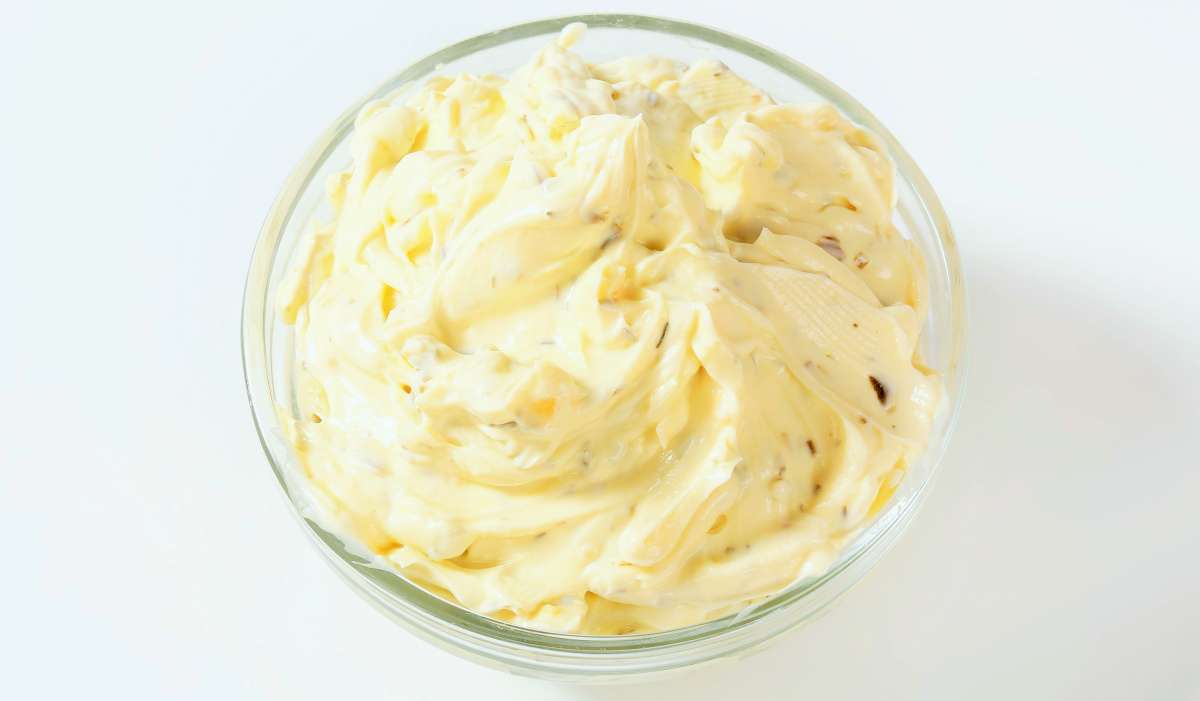The story of the delicate dessert Makhan Malai
The story of the feather-light Makhan Malai is as fascinating as its taste
A moonlit night. Creamy milk. A heavenly dessert. The story of Makhan Malai is a fascinating one. The weather has to be cool and the night temperatures have to be several degrees below. And it needs the moonlight and dew drops for the milk to transform into light froth. Traditionally prepared from November till March, Makhan Malai has been a signature dessert in the North that dates back to the Mughal era. The authenticity of this dessert depends on whether it collapses really soon when scooped out in kulhads. Makhan Malai, the frothed milk-dessert has many avatars — Nimish in Lucknow, Daulat ki Chaat in Delhi and Malaiyo in Benaras. Here’s looking at the evolution of this dessert in various cities.
Nimish, Lucknow
The city, known for its royal heritage, is incredibly famous for succulent kebabs and of course, pillowy soft Nimish. Chand Sur and Sunita Kohli in The Lucknow Cookbook describe it as a “famous and unique Lucknow speciality.” The signature dessert that vanishes in mouth within seconds takes hours to make. Sweet makers conjure up this melt-in-the-mouth, intensely flavoured creamy delight by using thick milk, dew drops, a dash of saffron, cardamom, pistachio and rosewater. The process starts every winter afternoon when the milk is boiled on low fire. Next fresh cream is added to the milk and the mix is boiled again. Once the mixture cools down completely, it is kept hung under the evening sky for nine hours so that all the ingredients blend in to give an explosion of flavours. When the early morning dew falls on the mixture, it creates a light froth. When ready, Nimish is embellished with Chandi Ka Warq (silver foil) and dry fruits.
Where to get it? Feast on this gorgeous dessert near the historic Gol Darwaza in Chowk early in the morning from November to March.
Daulat ki Chaat
Not the spicy and tangy chaat, this one is enriched with khoya, malai and dry fruits. According to folklore, a man called Daulat used to sell this chaat in Purani Dilli and hence the name. But food experts differ. Legend has it that the dessert was believed to have originated from the Botai tribe in Afghanistan and eventually made its way to India through the Silk Route and sea traders. It is also believed that the Mughals added a touch of saffron, khoya and dry fruits to this iconic dish.
One of the many wonderful things about Old Delhi is the way the food moves with the seasons. Daulat ki Chaat, the feather-light delicacy is one such dessert usually available in the Delhi winters when sweet makers (a skill learnt and passed on as family tradition) dot the streets selling it in their khomchas (a fold-up bamboo stand). The dish comes in kulhads enriched with crumpled chena (paneer), kewra and mawa and served with a dollop of extra khoya.
Where to get it? Besides the fine dining restaurants, explore this delicate desi soufflé at Kinari Bazar of Chandni Chowk, Old Delhi.
Malaiyyo, Benaras
The narrow bylanes of Benaras are famous for the frothy and mildly-sweet seasonal dessert, topped with pistachio nuts. These hole-in-the-wall shops with an iron kadhai jutting out indicate that there is a malaiyyo shop nearby. But this sweet dish is different from the other varieties found elsewhere in North India in the use of extra saffron that gives it a yellow tinge.
Where to get it? Chowk and Chowkhamba continue to be the localities in the city for Malaiyyo.
Have you tasted Makhan Malai yet? Share how you have liked it in the comments section below.

